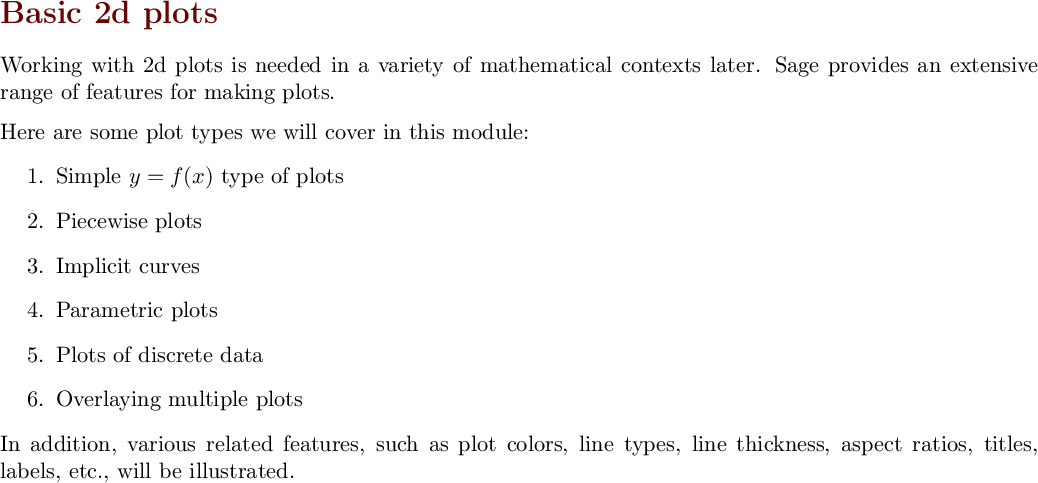


NOTE: Sage understands Latex syntax for typesetting math expressions in axes labels.





NOTE the "==" sign used to denote the conditional equality.







The coolest graph game!
It is possible to make some really interesting and unusual artistic sketches using graphs. In particular, implicit curves and parametric curves lend themselves to a variety of different shapes and forms. The following sketch shows an example (you can see the plot commands by clicking on the little triangular tab below):
Explore the
following examples, and try out your own variations in an effort
to make your own coolest graphs
- , . Use
=0 to 10, and =0 to 100.
Variations: Replace one of the 0.02 by 0.04.
Replace by or by .
Interchange and/or replace with . - ,
.
Let =0 to 100.
Variations: Replace with
- ,
Variations: Replace with . Play with different numbers.
- ,
- ,
- ,